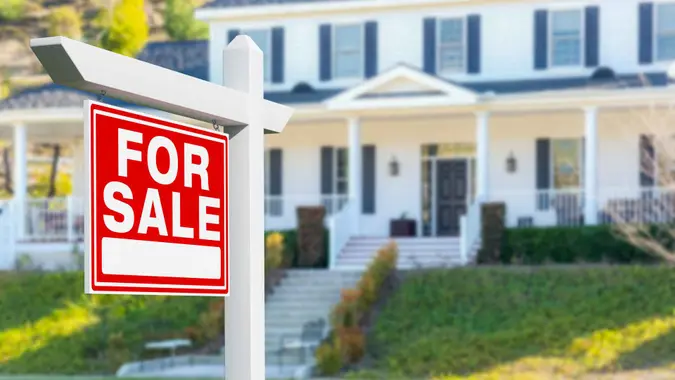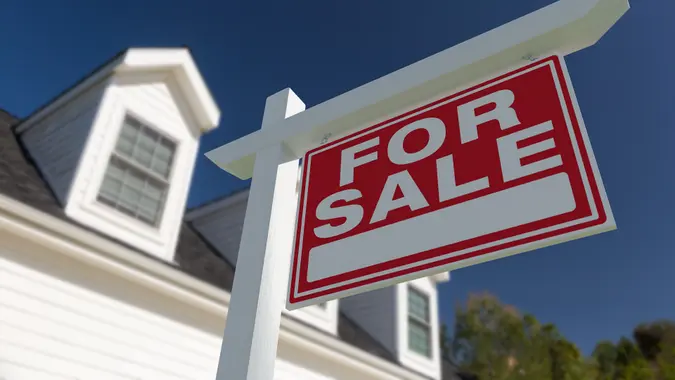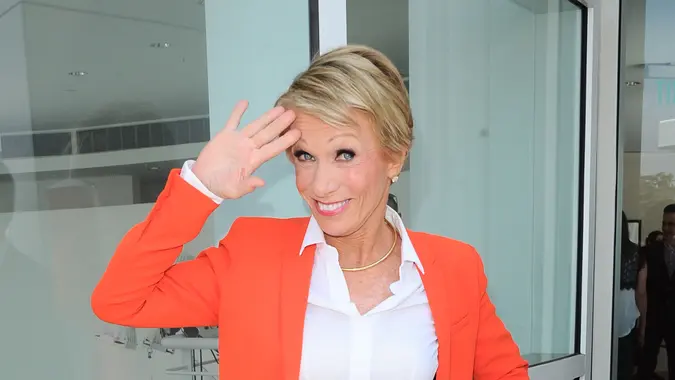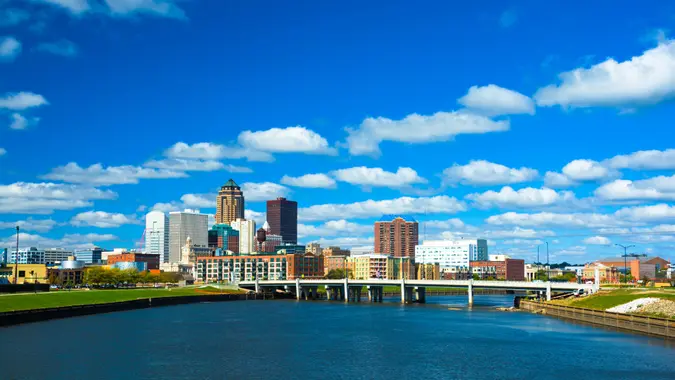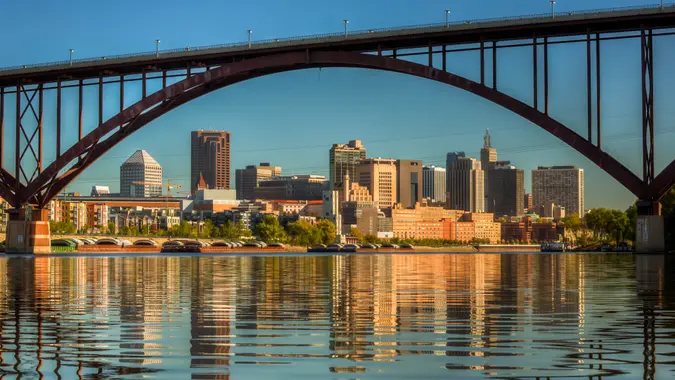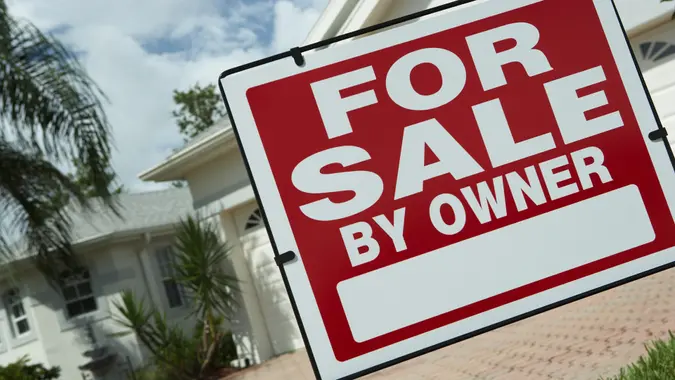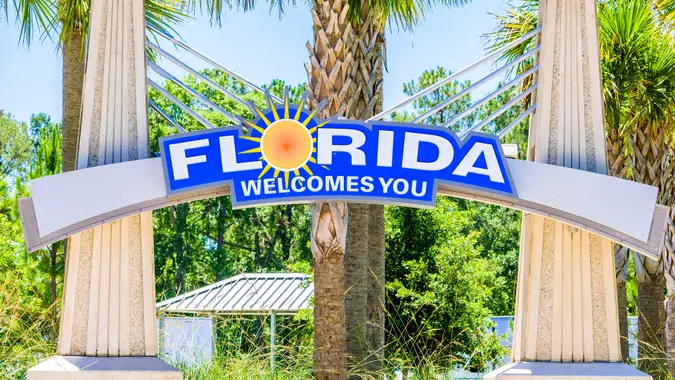This Is the Only State Where Homes Are Projected To Be Under $150K in 2030

Commitment to Our Readers
GOBankingRates' editorial team is committed to bringing you unbiased reviews and information. We use data-driven methodologies to evaluate financial products and services - our reviews and ratings are not influenced by advertisers. You can read more about our editorial guidelines and our products and services review methodology.

20 Years
Helping You Live Richer

Reviewed
by Experts

Trusted by
Millions of Readers
West Virginia was first inhabited by the Paleo-Indians. Life was not easy. The climate was much colder then and people hunted mastodon and musk ox to survive. Now, 12,500 years later, West Virginia is home to a population of 1.78 million people (mostly white). Pepperoni rolls and skillet cornbread are popular food dishes and jobs in mining are among those seeing the most growth.
In 2025, West Virginia is the cheapest state to buy a home. And it may be the only state that stays “cheap” in the long term. An analysis by RenoFi projected the value of homes in the U.S. in 2030 and found that the only state where houses will cost, on average, under $150,000 is West Virginia. The projected price for a home in West Virginia in 2030 is $128,415. The next cheapest state is Mississippi, where houses are projected to cost $153,610 in 2030.
Why is West Virginia housing so cheap, compared to the rest of the U.S.?
Overall Lower Demand for Housing
Local housing prices soar when demand rises. That’s the primary reason why some states, like California and Hawaii, are unaffordable, particularly for first-time homebuyers. West Virginia has an overall lower demand for housing than most other states. Why? The reasons discussed below help answer that question.
It’s Very Rural — And That Presents Barriers To Access
Roughly two-thirds (64%) of West Virginians live in rural areas, and though rural life can be idyllic, it comes with challenges. For example, healthcare resources are much harder to access in rural areas than in urban areas.
Residents in rural areas are also less likely to have health insurance. Additionally, the more rural a place, the less access there is to food retailers, which contributes to food insecurity.
Poverty Is Rife in West Virginia
In West Virginia, poverty is a serious problem. The U.S. Census Bureau classified 11 of West Virginia’s 55 counties as “in persistent poverty”, with a poverty rate of 20% or higher continually for the past 30 years. Why so high? To begin to answer that question, we must point to increasing restrictions on aid programs, the prevalence of low-wage work and the declining growth of leading local industries such as coal mining.
This 2030 Home Value Projection Could Be Off
Before we sign off on this and leave you thinking about all the reasons why homes in West Virginia are so cheap and are expected to still be cheap in five years, consider this: RenoFi’s predictions are not a sure thing. It’s a forecast, not a fact, and this analysis does open itself to some scrutiny when considering that the average home value in West Virginia as of April 15, 2025, is actually much higher ($167,589) than what RenoFi projected it to be in 2030 ($128,415).
Home values in West Virginia surged 6.4% over the past year — which is massive and way more than what famously desirable states saw. For example, California saw a gain in home value of 2.3%, and Florida actually saw home values drop 2.5%.
So, while it’s likely that West Virginia will stay affordable for homebuyers, it may not be rock-bottom cheap forever.
 Written by
Written by  Edited by
Edited by 




